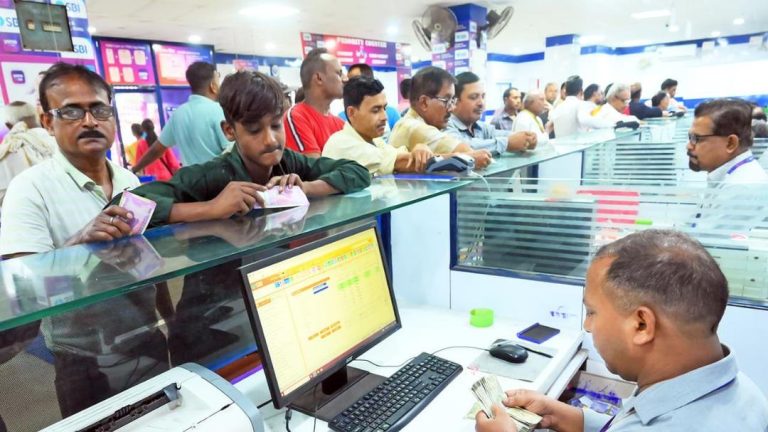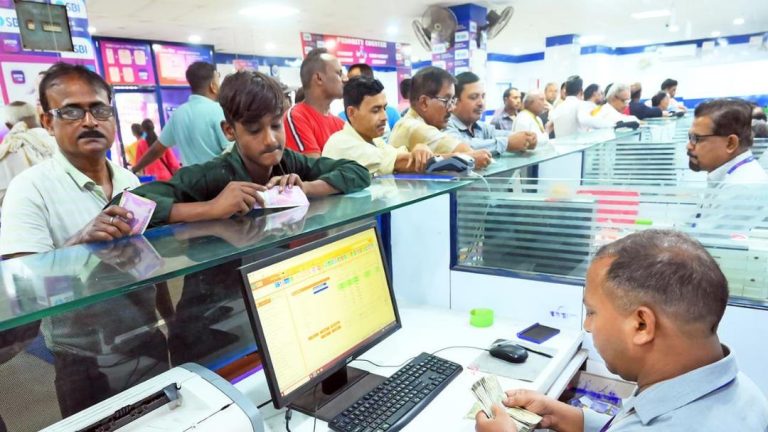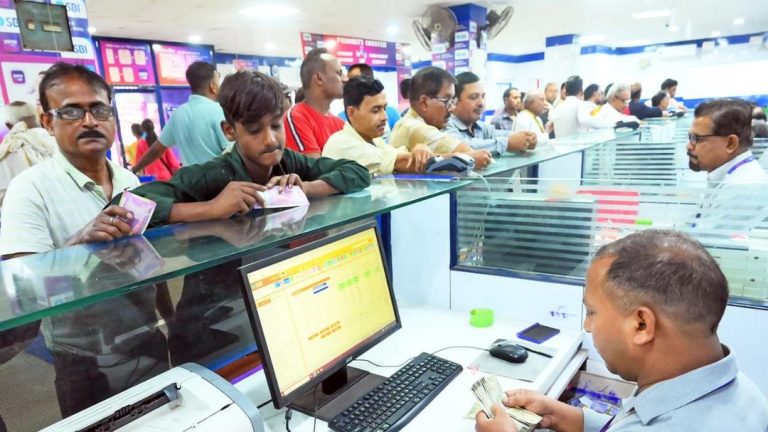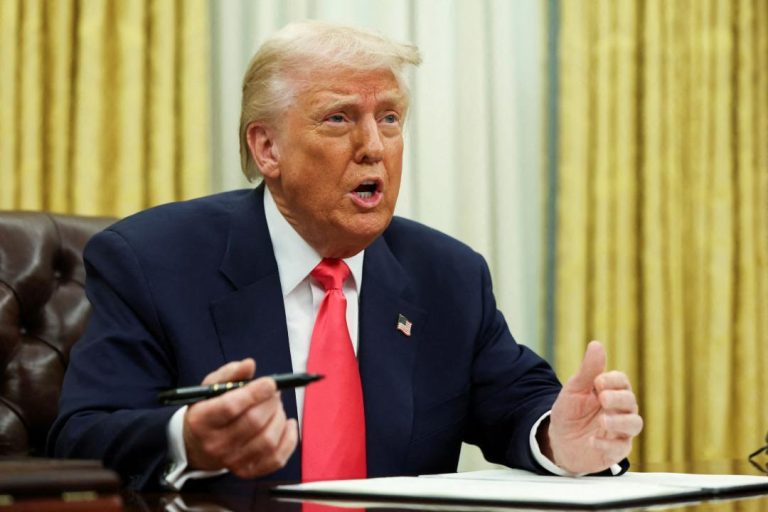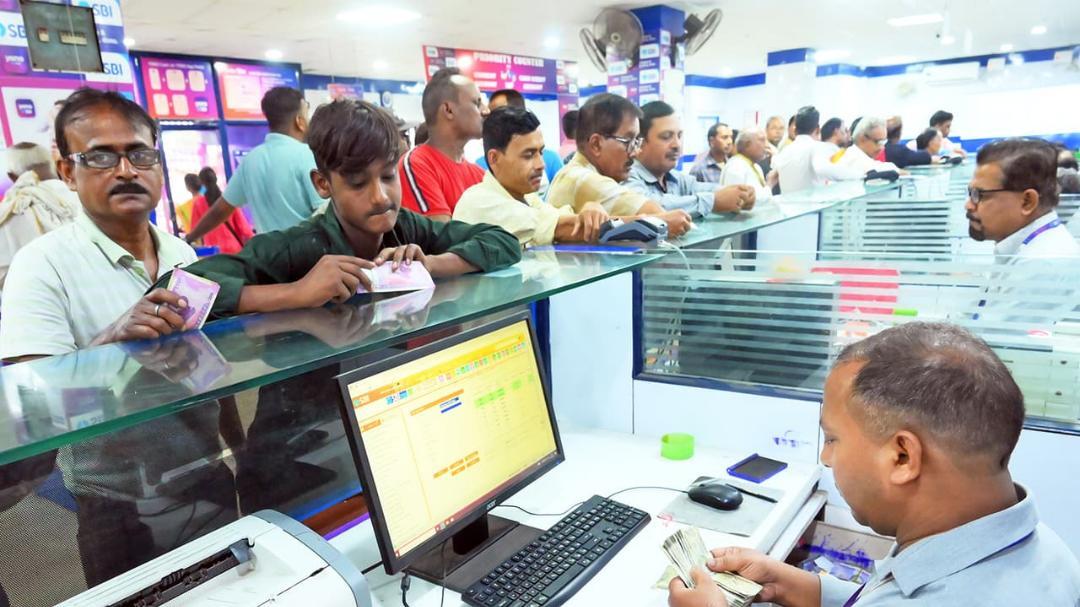
RBI’s Government Securities Holdings Jump to 14.2%: SBI Report
The Reserve Bank of India’s (RBI) share in government securities has witnessed a significant surge, reaching 14.2% in June 2025, up from 11.9% last year, according to a recent report by the State Bank of India (SBI). This increase in government securities holdings by the RBI has been accompanied by a reduction in exposure by banks, while insurance companies have maintained a stable level of holdings. The report highlights the potential implications of this shift on the bond market, particularly in the context of heavy central and state borrowings ahead.
The RBI’s increased holdings of government securities can be attributed to its efforts to manage liquidity in the financial system and maintain stability in the bond market. The central bank has been actively involved in Open Market Operations (OMO) to regulate the supply of money in the economy. Through OMO, the RBI buys or sells government securities to influence the level of liquidity and the interest rates in the economy. The increased holdings of government securities by the RBI suggest that the central bank has been actively buying these securities to inject liquidity into the system.
However, the report also notes that banks have reduced their exposure to government securities, which could have a negative impact on the bond market. Banks are significant players in the government securities market, and a reduction in their holdings could lead to a decrease in demand for these securities, potentially causing bond yields to rise. The reduction in bank holdings could be attributed to various factors, including changes in their investment strategies or a decrease in their risk appetite.
On the other hand, insurance companies have maintained a stable level of holdings in government securities. Insurance companies are long-term investors and typically have a significant portion of their investment portfolio allocated to government securities. The stability in insurance holdings suggests that these companies continue to view government securities as a safe and attractive investment option, which could provide some support to the bond market.
The report also highlights the potential implications of heavy central and state borrowings ahead on the bond market. The government’s borrowing program is expected to be significant in the coming months, which could put upward pressure on bond yields. The increased supply of government securities in the market could lead to a decrease in their prices, causing bond yields to rise. However, the RBI’s increased holdings of government securities could help to mitigate this impact, as the central bank’s buying activity could help to absorb some of the excess supply of securities.
Furthermore, the RBI’s forex interventions have also tightened liquidity in the financial system, prompting the central bank to undertake fresh OMO moves. The RBI has been actively managing the country’s foreign exchange reserves, and its interventions in the forex market have had a significant impact on liquidity in the financial system. The tightening of liquidity has led to an increase in interest rates, which could have a negative impact on the bond market. However, the RBI’s OMO moves are expected to help ease liquidity conditions and stabilize the bond market.
In conclusion, the RBI’s increased holdings of government securities, as reported by the SBI, have significant implications for the bond market. The reduction in bank holdings and the stability in insurance holdings suggest that the bond market could be subject to various pressures in the coming months. The heavy central and state borrowings ahead, combined with the RBI’s forex interventions, could lead to a range-bound bond market, with yields remaining stable or rising marginally. The RBI’s OMO moves are expected to play a crucial role in managing liquidity and stabilizing the bond market.
As the bond market continues to evolve, it is essential to monitor the RBI’s actions and the government’s borrowing program closely. The interplay between the RBI’s monetary policy, the government’s fiscal policy, and the bond market will be critical in determining the direction of interest rates and bond yields in the coming months. The SBI report provides valuable insights into the current state of the bond market and highlights the need for continued vigilance and monitoring of the financial system.
